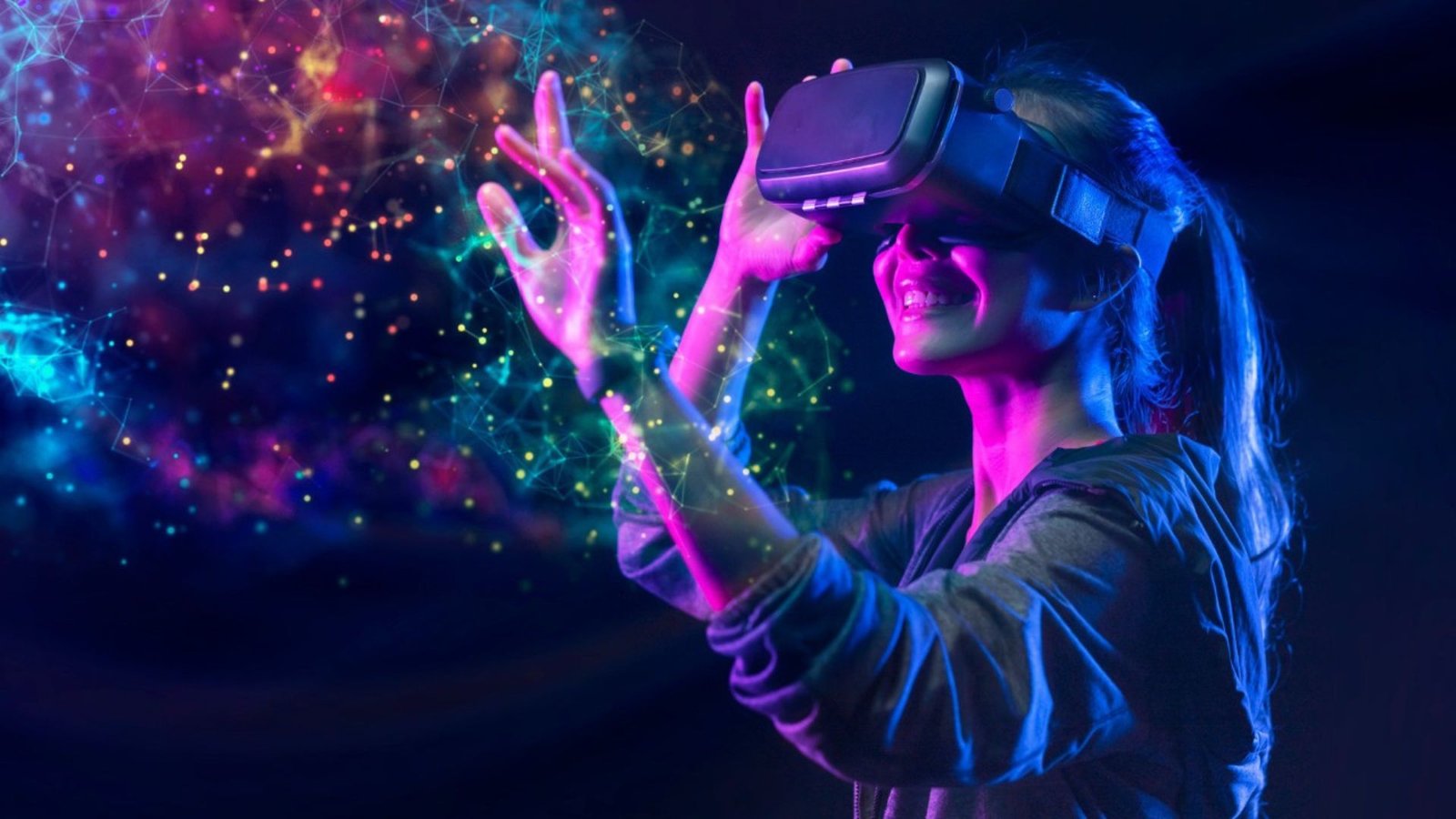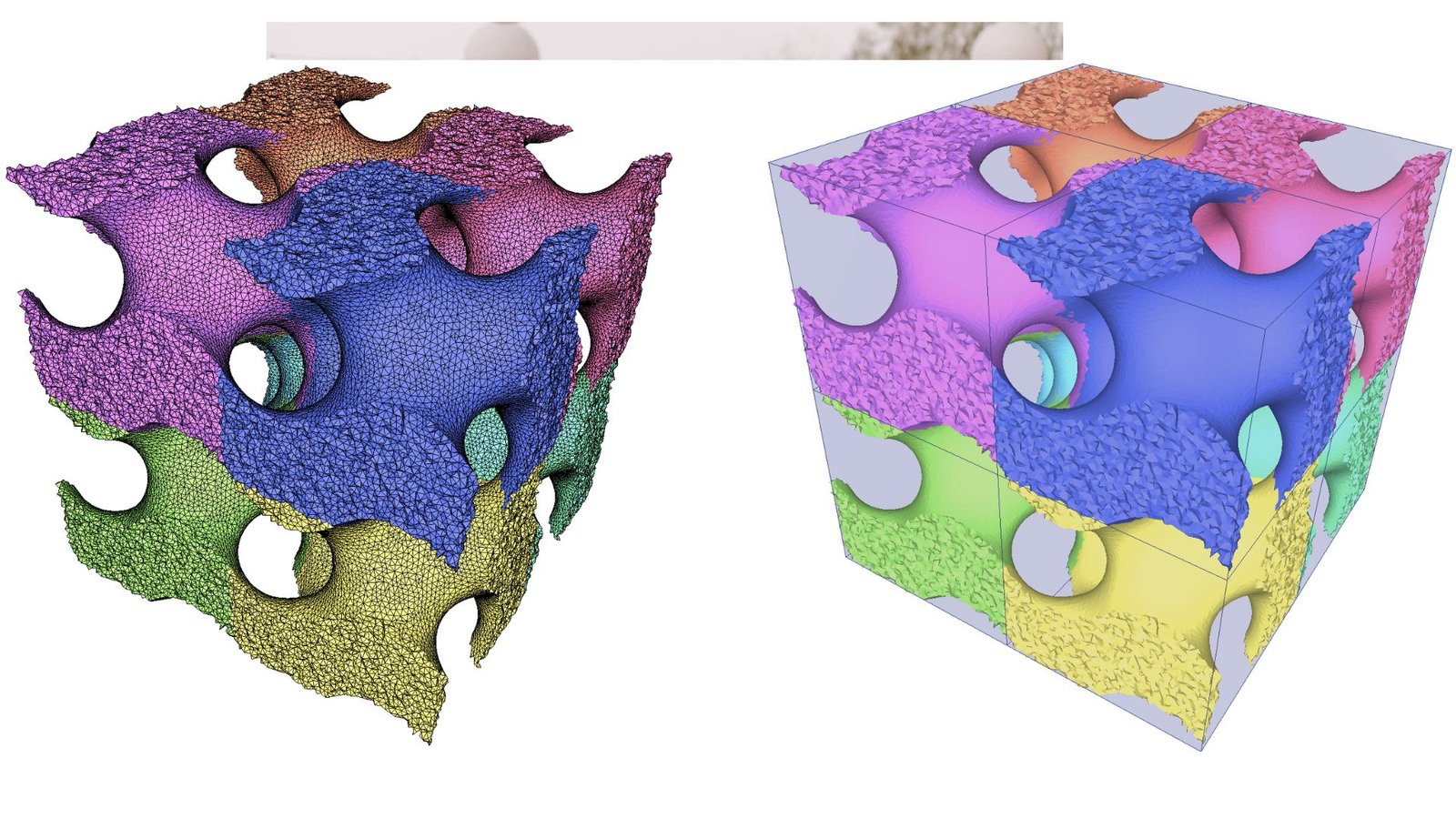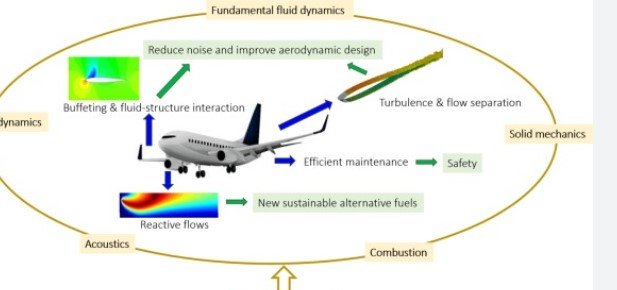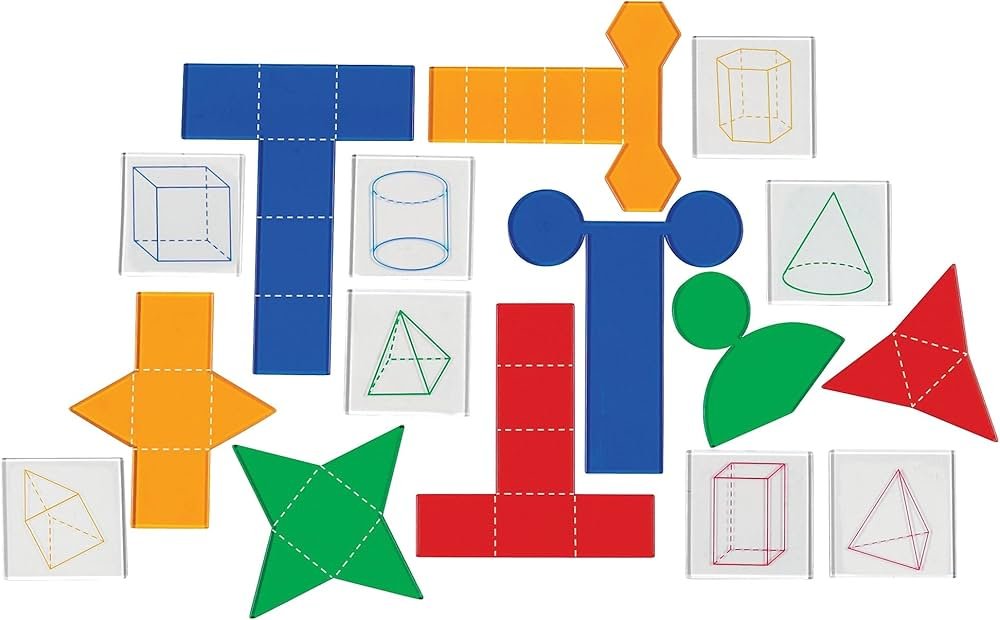Virtual Reality (VR) is an immersive technology that has transformed various industries, including gaming, healthcare, education, and architecture. The core of VR lies in creating believable, interactive, and realistic virtual environments. To achieve these goals, geometric informatics plays a critical role by providing the necessary computational tools to handle, manipulate, and represent 3D geometric data. In this article, we will explore why geometric informatics is vital for virtual reality and how it enhances the VR experience.
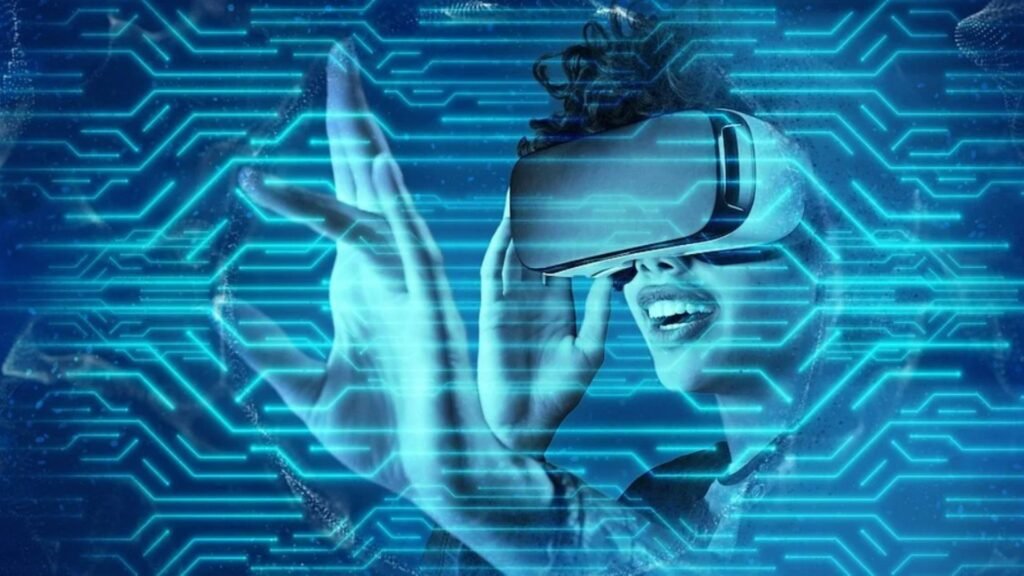
Creation and Representation of 3D Models
In VR, the virtual world is primarily composed of 3D models representing objects, characters, and environments. Geometric informatics provides the algorithms and methods needed to create and manipulate these 3D objects. By applying techniques from computational geometry and mesh generation, engineers and designers can efficiently represent complex objects in a virtual space.
- Mesh Generation: Geometric informatics offers algorithms for generating 3D meshes, such as triangular meshes, which are essential for representing the surface of 3D objects. These meshes allow for the visualization of realistic shapes, which can be textured and rendered in real time during VR experiences.
- Complex Geometries: For VR environments that involve intricate designs (such as architectural structures, landscapes, or detailed characters), geometric informatics helps handle the complexity of these objects. Using algorithms like Delaunay triangulation, Voronoi diagrams, and other spatial partitioning methods, designers can optimize the representation of these objects for both visual quality and computational efficiency.
Through geometric informatics, VR developers can ensure that 3D models are both accurate and computationally efficient, making the virtual experience as realistic and seamless as possible.
Rendering and Real-Time Graphics
Rendering is a crucial process in VR, as it determines how 3D models are displayed on a screen, influencing the visual quality and user experience. Geometric informatics enhances the rendering process by providing methods for efficient geometric computation, ensuring that the virtual world is rendered quickly and realistically.
- Ray Tracing: Geometric informatics contributes to advanced rendering techniques such as ray tracing, which simulates light interactions with surfaces in a realistic manner. This method relies heavily on geometric calculations to determine how rays of light bounce off objects, enabling realistic shadows, reflections, and refractions.
- Level of Detail (LOD) Techniques: As users move through a VR environment, some objects may appear closer or farther away, and it is computationally expensive to render the same level of detail for distant objects. Geometric informatics provides algorithms for Level of Detail (LOD) techniques, which adjust the complexity of 3D models based on their distance from the viewer, thus improving performance without sacrificing visual fidelity.
By optimizing the rendering process through geometric methods, VR experiences become smoother and more immersive, offering a higher level of realism.
Collision Detection and Interaction
In VR, user interaction with the virtual environment is crucial to the experience. Whether it’s moving through the environment, interacting with objects, or navigating around obstacles, collision detection and spatial reasoning are essential for realistic interactions. Geometric informatics provides the foundation for handling collision detection efficiently.
- Collision Detection Algorithms: Geometric informatics offers algorithms to determine if two objects in a virtual environment intersect or collide. These algorithms take into account the shape, size, and position of objects and help to create responsive interactions within the VR world. For example, in a game or training simulation, VR systems must detect whether a character collides with walls or other objects to provide feedback or prevent unrealistic movement.
- Physics Simulations: For more complex interactions, geometric informatics aids in the implementation of physics simulations, such as object movement, gravity, and force interactions. This is particularly important in VR environments like training simulations or educational applications, where realistic behavior is crucial for learning outcomes.
With the help of geometric informatics, VR systems can ensure that user interactions are both responsive and realistic, creating a more engaging and believable experience.
Navigation and Path Planning
One of the most essential aspects of VR is user navigation. Geometric informatics plays a vital role in enabling users to move freely and efficiently through virtual spaces. Whether navigating through a virtual building, a landscape, or a game world, spatial algorithms are used to ensure smooth, intuitive movement.
- Pathfinding Algorithms: Geometric informatics provides algorithms such as A* and Dijkstra’s algorithm, which allow users or virtual agents to find the most efficient path through complex environments. These algorithms are particularly important in VR games and simulations where the user needs to navigate through a dynamic, ever-changing environment.
- Virtual Environment Navigation: VR developers use geometric methods to design pathways and navigation systems that are not only efficient but also enhance the user experience. For instance, by employing Voronoi diagrams or navigation meshes, developers can create environments that facilitate easy movement while maintaining immersion.
By leveraging geometric informatics, VR environments offer seamless navigation, allowing users to explore without frustrating barriers or disorienting experiences.
Conclusion
Geometric informatics is essential to the development of virtual reality. It enables the creation, manipulation, and optimization of 3D models, enhances rendering and real-time graphics, supports collision detection, improves navigation, and ensures efficient resource use. Ultimately, geometric informatics is the driving force behind many of the technologies that make VR experiences immersive, realistic, and interactive. As VR continues to evolve, the importance of geometric informatics will only grow, making it an indispensable tool for engineers, designers, and developers in this rapidly advancing field.

